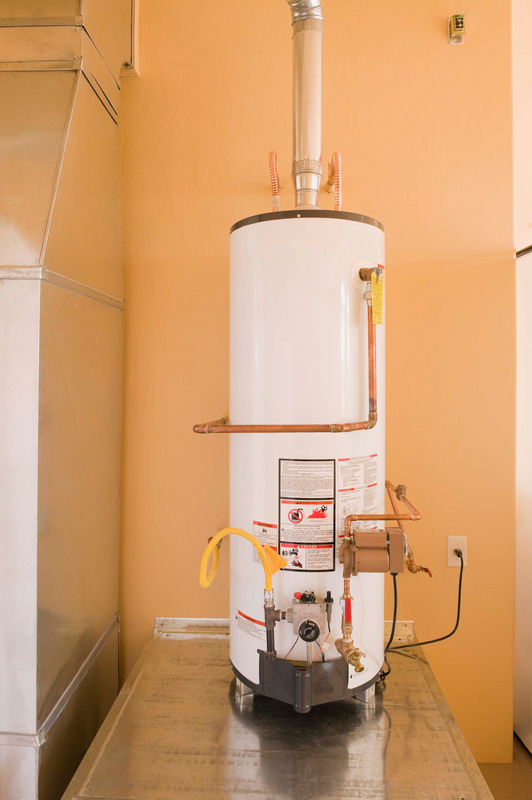
Despite their essential role, many are unfamiliar with the inner workings of water heaters. From hot water for showers to cleaning your laundry, water heaters are in the details of your day-to-day routine.
Familiarizing yourself with the basic mechanics of a water heater can help you recognize when yours is in need of repair or replacement, preventing further damage and additional costs.
Understanding the Basics:
At its core, a water heater is a simple appliance designed to heat water and deliver it to various fixtures throughout a home. There are several types of water heaters, including traditional tank-style heaters and tankless models, each with its own unique mechanism.
Traditional Tank Water Heaters:
The most common type, traditional tank water heaters, consists of a large insulated tank filled with water. Inside the tank, a heating element—typically powered by electricity, gas, or oil—warms the water to a set temperature. As hot water is used, cold water enters the tank to replace it, triggering the heating element to maintain the desired temperature.
Tankless Water Heaters:
In contrast, tankless water heaters—also known as on-demand water heaters—heat water directly as it flows through the unit.
When hot water is needed, cold water enters the heater and passes over a heating element, rapidly raising its temperature before being delivered to the faucet or shower. Because tankless heaters heat water on demand, they are often more energy-efficient than their tank-style counterparts.
The Role of Thermostats and Pressure Relief Valves:
Key components of a water heater include thermostats, which regulate the temperature of the water, and pressure relief valves, which prevent the tank from becoming overpressurized.
Thermostats ensure that the water remains at a safe and comfortable temperature, while pressure relief valves safeguard against potential explosions or leaks caused by excessive pressure buildup.
Common Issues and Water Heater Repair:
Like any appliance, water heaters are susceptible to wear and tear over time. Sediment buildup, corrosion, and faulty components can all lead to issues such as lukewarm water, strange noises, or leaks.
Fortunately, many common problems can be addressed through water heater repair, which may involve flushing the tank, replacing heating elements, or repairing leaks.
The Importance of Timely Maintenance:
Regular maintenance is crucial for ensuring the longevity and efficiency of a water heater. Flushing the tank annually helps remove sediment buildup, while inspecting and testing components such as thermostats and pressure relief valves can prevent potential malfunctions.
Additionally, scheduling professional water heater repair at the first sign of trouble can nip small issues in the bud before they become expensive repairs or replacements.
Water Heater Replacement:
Despite diligent maintenance, there may come a time when water heater replacement is unavoidable. As water heaters age, their efficiency tends to decline, leading to higher energy bills and reduced performance.
Signs that it may be time for a replacement include frequent repairs, inadequate hot water supply, and visible signs of corrosion or leakage. When replacing a water heater, homeowners have the opportunity to upgrade to a more energy-efficient model, such as a tankless water heater, which can offer long-term savings on utility costs.
By understanding how water heaters work and the importance of proper maintenance and timely repair, you can ensure that your hot water supply remains reliable and efficient for years to come. Whether it's a simple repair or a complete replacement, investing in the care of your water heater is an investment in the comfort and convenience of your home.
Time for a new water heater? Whether you’re in need of a completely new unit or a few repairs to your current water heater, we can help. Contact us today to book your next service.





